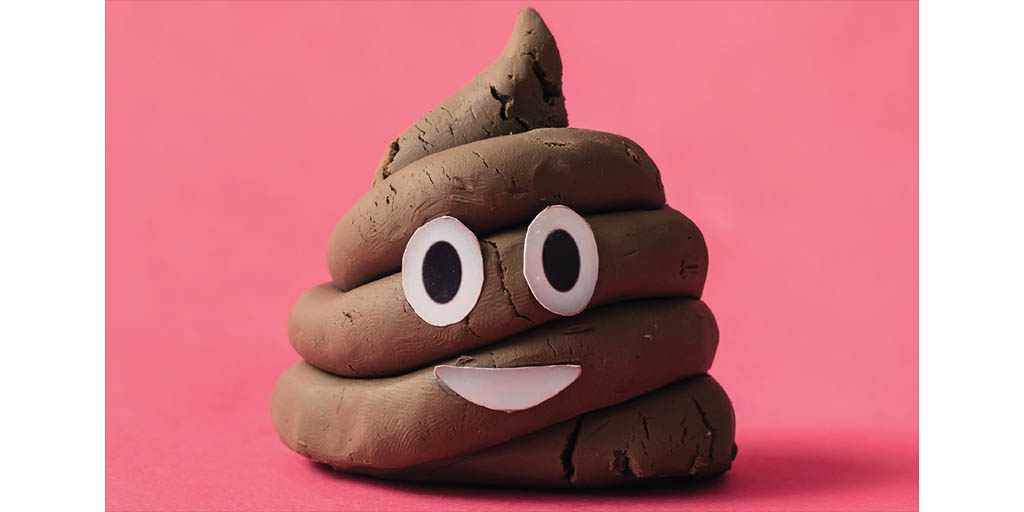Health and Fitness: Poop health (Part 2)
 CREDIT: IVAN101
CREDIT: IVAN101Understanding your poop is an essential part to living a healthy lifestyle.
Ever wonder how to know if you are eating the right things, getting enough exercise, sleeping well and coping with stress? One great way is to track and study your poop.
Yes, you read that correctly, your poop is more fascinating that you give it credit for. There are so many different colours, consistencies, lengths, widths and smells, but in this case, the more variety, the worse off your health may be.
Let’s start with some facts about how your poop becomes poop: your food and beverages travel through your digestive system (mouth, esophagus, stomach, liver, pancreas, gall bladder, small intestine, large intestine and rectum). Your liver, gall bladder and pancreas work to help the stomach churn and break down food and then push it to your small intestine.
Your body is already absorbing sugars the moment you put them into your mouth. Once in the small intestine, which is over 20 feet long, all needed nutrients are absorbed in a long process as they travel throughout the tube. This can take about 12 to 20 hours.
Then, in the large intestine, a few more nutrients are absorbed but this is where the liquid become separated from the solid and your poop forms. This takes another eight to 12 hours. Once it gets to the rectum, depending on the consistency… watch out. Get to a bathroom soon. Don’t hold it in as this can back your system up badly.
What are some common poops and what can they tell you about your health? According to the Bristol Stool Chart (Stool means poop) from the Bristol Royal Infirmary in England, there are seven different types of poop, but we’ll look at three of seven different types.
Type 2: Lumpy, hard and sausage like. This one can also be very wide and painful to push out. It may also mean constipation and likely lacking in fruits or hydrating vegetables, other fibres and water. High fat / protein eaters may have this but not just meat eaters. Vegetarian / vegans can also experience this type if they are heavy on the starchy vegetables, grains, beans and even healthy fats.
Type 5: Soft blobs with clear cut edges. This is when you are definitely lacking fibre but you may be getting lots of liquid / water and therefore the poop is soft and urgent.
Type 6: Mushy consistency with ragged edges. This is one type of diarrhea, and can be a sign of inflammation caused by illness, food poisoning, food intolerances, too much liquids (especially alcohol or coffee), food your system is not used to (i.e., something spicy or adding too much fibre too soon), ingesting something that is not food, etc. This is the one that may cause cramping before, during and after and burn on the way out.
Good poop happens when you are getting enough fibre (plant foods: veg, grains, fruits), water, and regular exercise. Good poop happens when your stress levels are normal. Good poop happens regularly with a regular and consistent diet (pooping three times a day is normal). Good poop happens when you are rested and you have given your body time to repair and rejuvenate for the next day. If all these things are present, but your poop is not right after a few days or earlier if it’s causing pain or bleeding, tell you doctor to rule out allergies, intolerances, illness and disease.
Think of our poop as a receipt of all your purchases into your body. If you are not sure what it all means or you are not satisfied with the bill, then do something about it.
Karen Nixon-Carroll is the Program Manager at Fanshawe's Fitness Centre.














